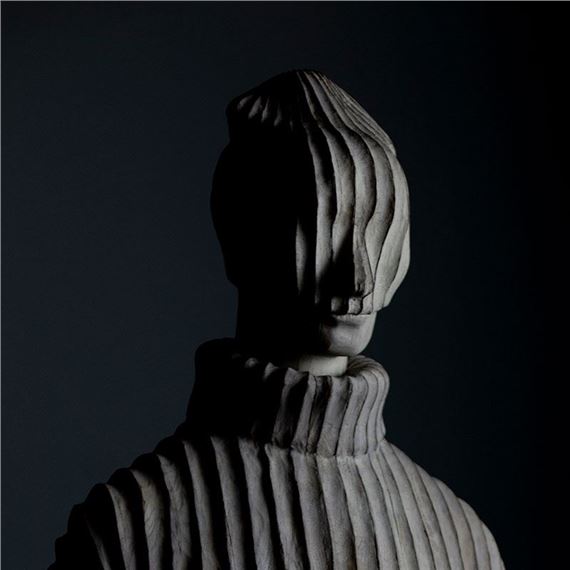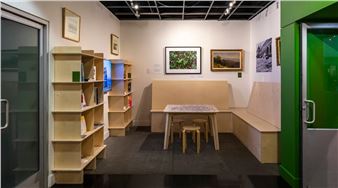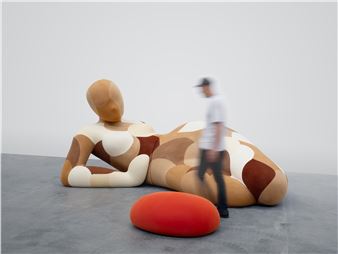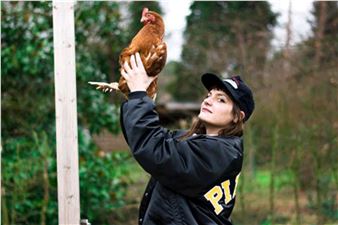Keisuke Matsuoka: Le Forme Dell’Umanita
The exhibition is promoted by the Department of Culture of Roma Capitale and Azienda Speciale Palaexpo. Produced by Azienda Speciale Palaexpo in collaboration with Latitudo.
The exhibition Le forme dell’umanità presents the intense work of Japanese sculptor Keisuke Matsuoka, which explores the image of a “universal human being”. Keisuke Matsuoka's research, generated by a conceptual and expressive reality of manifestly oriental matrix, takes on an articulated and polysemic perspective in the project Le forme dell’umanità , with the aim of investigating the obscure and evanescent aspects of individual and collective existence.
The central idea consists in the attempt to discover, from a morphological-anthropological-cultural point of view, but also from animistic-spiritual aspects, the threads that bind all men, regardless of any component of gender, ethnicity, place, or culture that might classify or condition them.
All this Matsuoka analyzes and retransmits through his art, shaping, transforming, destroying, and reconstructing; just as nature does, just as it happens to our identities.
The result of such a historical process is modulated into expressive form through a series of fragmented and recomposed sculptures and large installations that deflagrate on the surfaces of the walls.
The choice of materials is extremely functional, as is the visual-morphological realization that bears marked symbolic traits not only of a cultural nature but also ancestral.
Glasses, waxes, black and white earths seem to melt, while retaining their color, suddenly annihilating re-emerging; iron and titanium dust is first dispersed into millions of individual grains then, attracted by magnetic force, finds new physiognomies. Even when wood is used pure, the balance between subdivision and composition is obsessively sought, as if the very action of creating could in no way be separated from that of destroying in an eternal repetition of the game of life.
In this context, the sculptural act becomes an essential language in which the forces of natural and anthropic elements merge in a primordial synthesis; however, as if the whole summa of sculpture weren't broad enough, Matsuoka bends its rules to discover new expressiveness.
Keisuke Matsuoka's works look at us, speaking directly to us through a simple question that makes the heart tremble: what is the human being?

Recommended for you
The exhibition is promoted by the Department of Culture of Roma Capitale and Azienda Speciale Palaexpo. Produced by Azienda Speciale Palaexpo in collaboration with Latitudo.
The exhibition Le forme dell’umanità presents the intense work of Japanese sculptor Keisuke Matsuoka, which explores the image of a “universal human being”. Keisuke Matsuoka's research, generated by a conceptual and expressive reality of manifestly oriental matrix, takes on an articulated and polysemic perspective in the project Le forme dell’umanità , with the aim of investigating the obscure and evanescent aspects of individual and collective existence.
The central idea consists in the attempt to discover, from a morphological-anthropological-cultural point of view, but also from animistic-spiritual aspects, the threads that bind all men, regardless of any component of gender, ethnicity, place, or culture that might classify or condition them.
All this Matsuoka analyzes and retransmits through his art, shaping, transforming, destroying, and reconstructing; just as nature does, just as it happens to our identities.
The result of such a historical process is modulated into expressive form through a series of fragmented and recomposed sculptures and large installations that deflagrate on the surfaces of the walls.
The choice of materials is extremely functional, as is the visual-morphological realization that bears marked symbolic traits not only of a cultural nature but also ancestral.
Glasses, waxes, black and white earths seem to melt, while retaining their color, suddenly annihilating re-emerging; iron and titanium dust is first dispersed into millions of individual grains then, attracted by magnetic force, finds new physiognomies. Even when wood is used pure, the balance between subdivision and composition is obsessively sought, as if the very action of creating could in no way be separated from that of destroying in an eternal repetition of the game of life.
In this context, the sculptural act becomes an essential language in which the forces of natural and anthropic elements merge in a primordial synthesis; however, as if the whole summa of sculpture weren't broad enough, Matsuoka bends its rules to discover new expressiveness.
Keisuke Matsuoka's works look at us, speaking directly to us through a simple question that makes the heart tremble: what is the human being?

 ARTISTS
ARTISTS
















